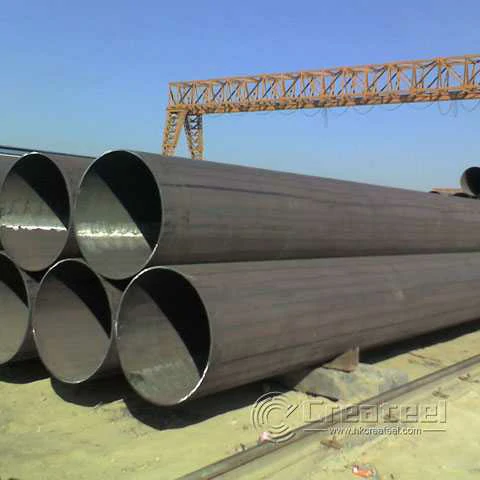Industrial pipeline cleaning is an essential process in maintaining the efficiency and safety of various industrial systems. Over time, pipelines can accumulate deposits such as rust, scale, sludge, and other contaminants, leading to reduced flow rates, increased energy consumption, and potential safety hazards. To address these issues, several methods are employed for cleaning industrial pipelines, each with its own advantages and limitations.
Chemical Cleaning
Chemical cleaning involves the use of various chemicals to dissolve or dislodge deposits within the pipeline. Acids, alkalis, solvents, and detergents are commonly used to break down and remove contaminants from the inner surfaces of the pipes. This method is effective for removing organic and inorganic deposits, including rust, mineral scales, and hydrocarbon-based residues. However, it requires careful handling of the chemicals, as well as proper disposal of the resulting wastewater. Additionally, the effectiveness of chemical cleaning may vary depending on the type and composition of the deposits.
Mechanical Cleaning
Mechanical cleaning methods utilize physical tools and equipment to physically remove deposits from the pipeline walls. Techniques such as pigging, scraping, brushing, and high-pressure water jetting are employed to dislodge and push out accumulated materials. Pigging, in particular, involves the use of a device known as a “pig” to scrape the inner walls of the pipeline as it travels through, effectively removing deposits and improving the overall cleanliness of the system. Mechanical cleaning is highly effective for hard or stubborn deposits but may require access points or special considerations for navigating complex pipeline layouts.
Biological Cleaning
Biological cleaning, also known as biocleaning, utilizes biological agents such as bacteria, enzymes, or other microorganisms to break down organic deposits within the pipeline. These agents can be introduced into the system and left to proliferate, feeding on the organic matter and converting it into harmless byproducts. Biological cleaning is particularly useful for removing biofilms, grease, and other organic contaminants that can be challenging to eliminate using traditional methods. However, the effectiveness of biological cleaning may be influenced by environmental conditions, nutrient availability, and the presence of inhibitory substances within the pipeline.
Ultrasonic Cleaning
Ultrasonic cleaning involves the use of high-frequency sound waves to agitate liquid cleaning solutions, creating microscopic cavitation bubbles that impinge on the pipeline surface and dislodge deposits. This method is effective for removing fine particles, oils, greases, and other contaminants that may adhere to the inner surfaces of the pipeline. Ultrasonic cleaning is often used in conjunction with chemical or solvent-based cleaning solutions to enhance the overall effectiveness of the process. However, the application of ultrasonic cleaning may be limited by the size and geometry of the pipeline, as well as the compatibility of the materials with the cleaning solution and the ultrasonic equipment.
Conclusion
In conclusion, industrial pipeline cleaning methods play a vital role in ensuring the smooth operation and longevity of industrial systems. Chemical cleaning, mechanical cleaning, biological cleaning, and ultrasonic cleaning each offer distinct approaches to addressing different types of deposits and contaminants found in pipelines. By understanding the principles and considerations associated with these cleaning methods, industries can make informed decisions regarding the most suitable approach for their specific pipeline cleaning needs, ultimately contributing to improved efficiency, safety, and reliability of their operations.
.webp)
